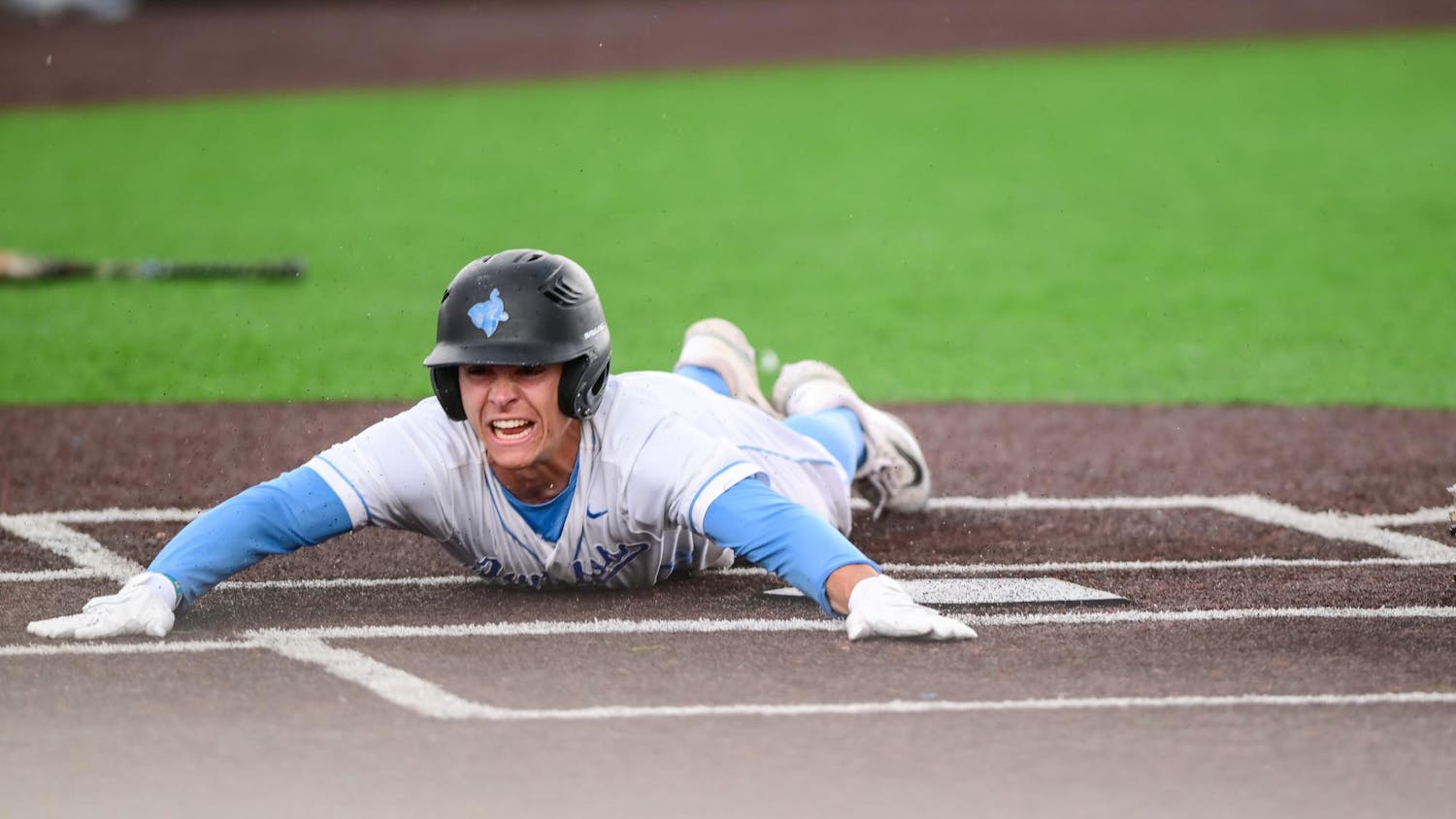When Brazilian phenom Neymar was 15 years old, he was making almost $2,800 a month at Santos FC. Outside of the United States, young international soccer players are paid for their labor once they make well-known youth clubs because they are treated as investments. If and when they are sold to professional teams later in their teenage years, the youth club makes a profit.
The U.S. youth soccer system is entirely different. The financial burden to play falls on the players: if they move on to playing professionally, the youth team that developed the player is not compensated. Accordingly, many top domestic youth club teams charge thousands of dollars a year for players to participate (which doesn’t include tournament fees, gear or transportation costs), inhibiting a huge swath of the population from participating for financial reasons. It’s no wonder that the U.S. lags behind in player development: it’s a sport only the privileged can afford. By pricing many kids out of the youth soccer market, U.S. soccer misses out on some of the best athletes in the country.
Most soccer clubs have no choice but to be so expensive. Where does the revenue come from without compensation for their product (the youth soccer player)? Currently, the only solution resides in the players' pockets themselves. For the U.S. to compete with elite soccer teams from around the world, this arrangement must change. Youth clubs must be compensated for their training by players' future clubs.
When a teenager is sold to another club, the selling club is able to reinvest that profit back into its programs. There are even clauses in the contracts of players that force the buying club to give the selling club a share of the profit that theymake on the player. For example, when DeAndre Yedlin signed for Newcastle United for $3.71 million, his previous club, the Seattle Sounders, received the profits. Yet Yedlin’s youth club, Crossfire Premier — which developed Yedlin for a longer period of time — received no money at all. How can Crossfire Premier be expected to continue to produce quality players without seeing any reward for it?
FIFA’s policy of “solidarity payments” ensures that youth clubs are compensated when bigger clubs “poach” their best players. Solidarity payments decree that youth clubs must be compensated five percent of the total transfer cost; in Yedlin’s case, his transfer would yield $185,000 for Yedlin’s youth teams. This money could mitigate participation costs and increase quality of development, yet U.S. law forbids clubs from collecting fees for youth players.
No domestic youth club can compete with global superpowers without ample funds, and in pushing the cost onto the players, they miss out on a vast player pool. U.S. soccer could be released from the disaster of pay-to-play only if youth clubs are compensated.
In terms of a successful system as a whole, the United States Soccer Federation should look no further than Belgium’s youth setup. Stay tuned for next week to see how the United States can learn from Belgium, a country of 11 million that transformed from the No. 49 national team in 2007 to the No. 5 team in 2017.
More from The Tufts Daily





